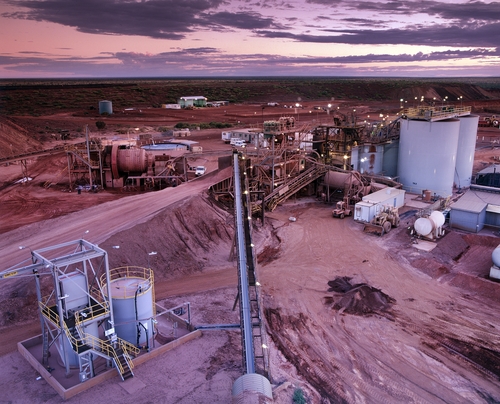When looking at the various SSD options on the market, prospective buyers may look to storage space as their guiding principle. However, given that SSD's main benefit is its superior read/write speed, weighing performance and storage capacity should be an essential component of the decision-making process. Beyond the amount of data that can be copied onto a drive, not all SSD drives are created equal. The NAND flash memory that solid state technology operates on can come in three basic forms: single-layer cell (SLC), multi-layer cell (MLC) or three-layer cell (TLC). Which type of SSD drive a business ultimately opts to deploy depends on its needs and financial circumstances.
Breaking down the three options
SLC technology is, without question, the most powerful form of NAND flash memory on the market today. Embedded Computing Design noted that SLC flash memory only has two states: a high or a low. This simplicity facilitates the data retrieval process, resulting in speedier performance. According to Centon Electronics' breakdown of the various forms of SSD flash, SLC bests the other two options in a number of categories, including performance, write speeds, lifespan and energy consumption. The tradeoff to this functionality is a higher cost point than the other two options.
MLC cannot compete with SLC on a pure performance level. While SLC flash memory will typically support approximately 100,000 program/erase cycles per each cell, MLC can only operate up to 10,000. However, it also is a considerably less expensive alternative to SLC. Because engineers can fit more cells onto a single plane of silicon, the production costs of MLC are a bit less. While businesses may covet the operability of SLC technology, budgetary restrictions may inhibit its use.
At the low end of the SSD scale is TLC flash memory. With slower read/write speeds than SLC and MLC, this technology represents the lowest performing option available to prospective buyers. In addition, TLC facilitates the lowest number of program/erase cycles of the group, meaning owners will have to replace their drives sooner than the others. It is also the least expensive of the three, as it can create more storage states within each cell.
Deciding on the best form of SSD drive for deployment depends on the user's needs and resources. An industrial enterprise may want to use SLC because of its high level performance. For many businesses, MLC will suffice, as it balances cost with operability. TLC is likely most appropriate for consumer usage as it cannot provide the same level of performance or longevity as the alternatives.


Recent Comments